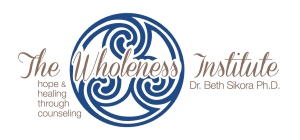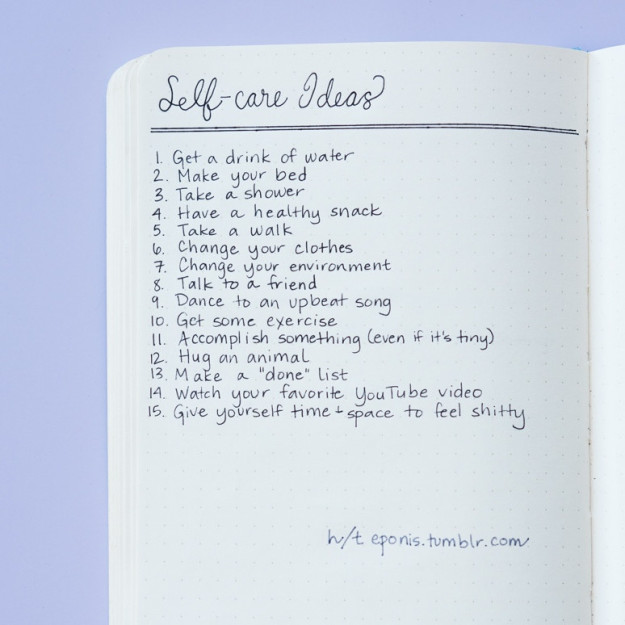Yoga. It can feel like an intimidating word for the uninitiated, can’t it? Visions of perfectly chiseled bodies in spandex holding positions that look impossibly difficult. But yoga is so much more than that. I’ll leave it to the countless experts who explain that the physical movements of yoga are only a tiny part of the whole practice (google will lead you to lots of resources if you’re interested). But the physical piece which ties into the mental component and so many other benefits is a great way to move forward and “deepen” your healing.
After an accident or an acquired brain injury the sheer volume of appointments of follow up care can feel like a full-time job. But yoga is a practice that can be added at any time in the recovery process and shows great promise at helping those who have sustained a brain injury with balance, balance confidence, range of motion, pain control, strength and mobility. Studies have shown the practice to improve balance by 36%, balance confidence by 39%, lower extremity strength by 100%, and endurance by 105%. Those statistics speak volumes for the benefits of such a gentle exercise and practice. In addition, it can be helpful to so many who suffer from anxiety related to post-traumatic stress disorder after an injury or even a car accident without injuries. One study done at two centers involving a Canadian location and Brigham and Women’s Hospital in conjunction with Harvard University found a 10% reduction in PTSD anxiety symptoms following only an 8-session program of Kundalini Yoga. Another study through Boston University and the Trauma Center found significant reduction in PTSD symptoms after 5 weeks of yoga, and individuals held an improvement for at least another 5 weeks. So, it seems that we should be thinking about yoga much more frequently in the field of PTSD and brain injury!
There are studios throughout the country which offer yoga classes geared toward those with brain injury through the Love Your Brain Foundation and rehab centers. You can find some resources online at https://www.loveyourbrain.com/yoga though if you do a search right now you’ll find that in AZ, classes are not yet available (check back soon as a provider training is happening in April and is already full—so we should see some offerings coming!) The other place to check is the outpatient rehabilitation program through your local TBI hospital. In the Phoenix area, Barrow has some yoga classes with details found here. Although they have no specific yoga offerings at this time, Ability 360 is also a great resource for those with brain injuries and changes. A recent search of google for trauma and yoga in Phoenix brought up several studios with classes specifically for traumatic stress or PTSD. So, there appear to be some options, but take caution with these studios, doing homework to ensure their credentials are what you’re looking for and are the best choice for you.
These in-person classes are a great resource and whenever possible, I do recommend that people attend with an instructor present. That hands on advice and adjustment to a position can be very beneficial, but if it can be intimidating to try something new, can’t it? A big barrier to entry for an untried activity is the lack of understanding what the cultural norms are, what’s to be expected, and not wanting to look foolish doing something for the first time. Rest assured, the classes that are geared towards beginners, and specifically for those with brain injury, are not going to include the difficult poses that you see highlighted in yoga articles or images. Everyone in the class will enter with about the same level of expertise, that’s why there are classes for a variety of different audiences. Also, there are modifications that can be made to make this gentle stretching available to anyone, in any condition. If you’d like to see what a class may include, or would like to try something at home without an audience, there are some videos of classes for brain injury you can try at your own risk (check with your physician first to be sure you’re ready for these). Love Your Brain says it best, and I agree with their statement, “I cannot assume responsibility for any exercise and/or subsequent injury you may incur, “Yoga is for everyone. However, when online, it is up to you to assess whether you are ready for the class you have chosen. The techniques and suggestions presented here are not intended to substitute for medical advice. LoveYourBrain assumes no responsibility for injuries experienced while practicing these techniques.” And we cannot assume any responsibility for injuries experienced either through their program or others. That’s why it’s best to check with your doctor or physical therapist first. Classes online are an option for you to try if you cannot find anything available near you and once cleared by your medical health provider. Take a look at https://www.loveyourbrain.com/yoga-videos for some classes geared toward healing from a brain injury.
As we move through 2020 and we continue to explore our word for the year, deepening, I hope you’ll give some of the ideas I propose a try or use these suggestions to look for ways to incorporate new ideas into your life. I will be offering a workshop for you and your partner or spouse in April that will discuss the changes brain injury has on your work and home life. For more information, click here, and together let’s incorporate strategies to help you heal to be the very best you can be.








 Photo credit: Dr Mark Arcuri
Photo credit: Dr Mark Arcuri










